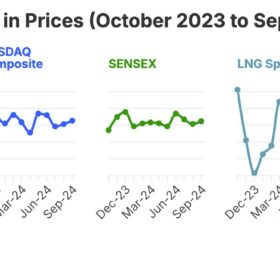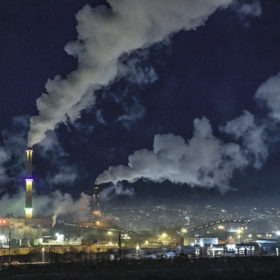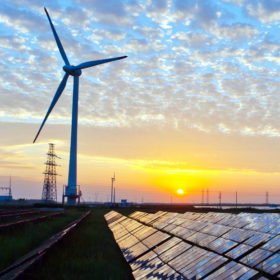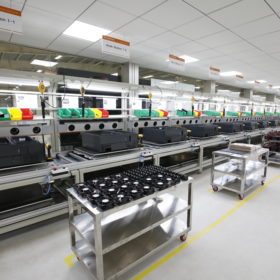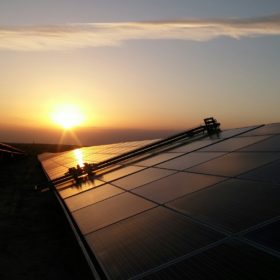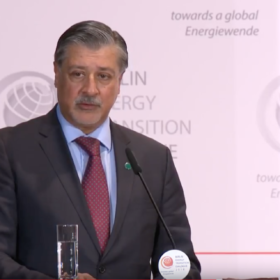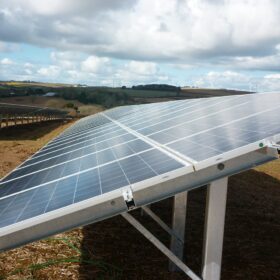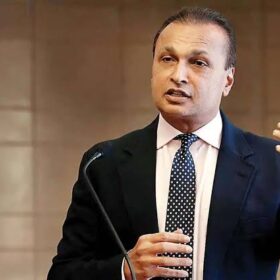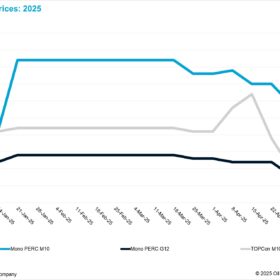Gas price volatility raises questions on its suitability as a bridging fuel: IEEFA
Ongoing changes in global gas demand and supply structures due to geopolitical disturbances and resultant volatility have eroded any economic advantage provided by the fossil fuel.
Will COP29 push the world toward real climate action?
As the world looks to COP29, the stakes have never been higher. Climate finance, energy transitions, biodiversity, adaptation, and carbon markets—each of these issues represents a critical piece of the puzzle in the fight against climate change. Azerbaijan, as host, faces the daunting challenge of balancing competing interests while pushing for ambitious global action.
COP26: Calling for foresight of collective consciousness in energy transition
The modernization and transition of energy sources towards environment-friendly options, jointly exercised with the capacity to conserve the proven available reserves, is an action fraught with foresight. The emergence of the future scenarios and how it will all play out in the long term remain unknown to the human consciousness. However, the foresight emanating through the intertwining of the collective consciousness of human existence shall undoubtedly provide us with a potent armory to articulate our response to the emerging scenarios.
IRENA presents $2tn plan to drive 5.5m renewables jobs by 2023
Doubling down on renewable energy investment and energy transition spending is required to ensure a truly green global recovery from the Covid-19 crisis and its economic aftershock, claims the International Renewable Energy Agency.
Battery manufacturing capacity set to increase fourfold to 1.3 TWh by 2030
Analysts at Wood Mackenzie have looked at plans for the incoming decade and concluded that about 119 manufacturing sites will be up and running by 2030. China currently sits firmly in the driving seat, with Asia Pacific comprising 80% of global manufacturing capacity, but Europe is catching up.
Tata Power exemplifying the Indian energy transition: IEEFA
The private-sector integrated power company will cease to build new coal-fired capacity. Instead, it eyes 70% of new capacity additions coming from solar, wind and hydro through to year 2025.
Solar PV to grow 65-fold by 2050, 2°C target will be missed by a long shot – report
DNV GL has issued its annual Energy Transition Outlook. It reports that global electricity demand is set to grow by a factor of 2.5. Over half of this demand is expected to be met with renewable energy by 2050, while storage will play a key role. It adds that grid infrastructure expenditures are less related to variable renewable energy assets than to increasing energy demand. In the current scenario, meanwhile, global warming is likely to reach 2.6°C.
IRENA: Renewables can account for up to two-thirds of total energy use, and 85% of power generation by 2050
In the latest edition of its long-term renewable energy outlook, the International Renewable Energy Agency (IRENA) calls for at least six-fold deployment of renewables by 2050, compared to the levels set out in current plans. Investment in low-carbon technologies needs to increase by around 30% to $120 trillion to enable the energy transition and avoid escalating stranded assets, the report finds.
